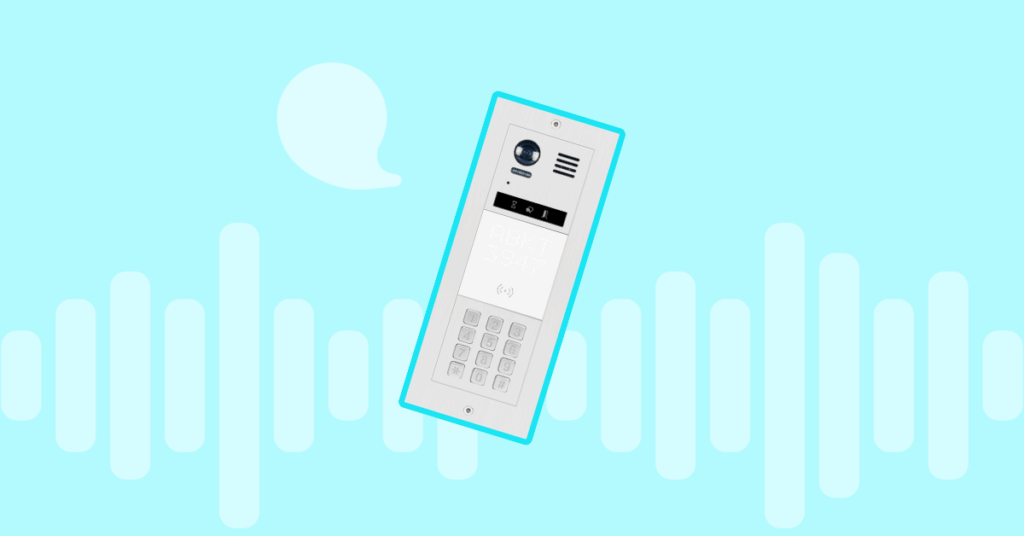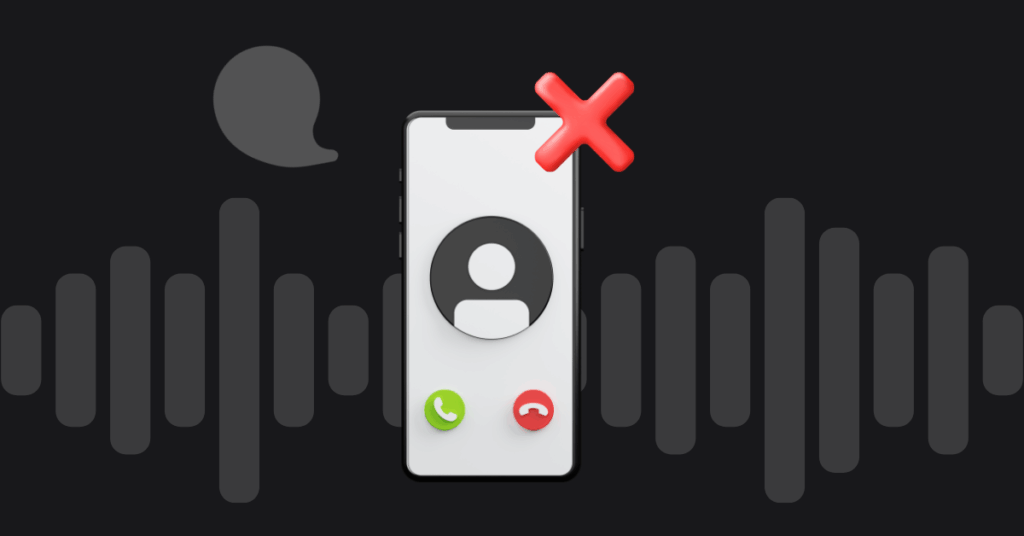Packet Switching vs Circuit Switching: What is best for your company?
- Renier Schrenk

Table of contents
In our increasingly connected world, more devices network together than ever before. There was a time when every device was a standalone one that rarely – if ever – communicated with other devices. That’s not the case any longer. Today, even your home appliances connect to your home wifi and talk to each other!
It’s one reason you need to figure out what to do with your business network. How many devices do you have? How do they connect to each other and the outside world? Understanding your network setup and how it works will help you deal with problems as they arise. It also helps you made informed decisions regarding:
- Network hardware to purchase and use
- Software to control the network
- Security protocols to protect your network
- Upgrades to network components
- Cost of maintaining the network
- How to provide better services to users
Types of networks
Circuit switching and packet switching are 2 of the most popular methods of sending data from one place to another.
Circuit switching was specifically designed for real-time voice communication. It’s been around for a long time and most of us remember using a landline for calls. The protocols and infrastructure for circuit switching were designed decades ago and still serve their original purpose well.
Packet switching, on the other hand, is a relatively recent and much younger technology. It was mainly designed for data transmissions, although it now carries real-time voice calls as well. The network protocols and standards are continuously evolving to handle more data and transmit signals faster.
Circuit switching and its uses
So what exactly is circuit switching? Circuit switching happens at the physical layer and depends on wires connecting individual users. The network decides the path from the origin to the destination ahead of time and dedicates the circuit to that call. When you make a call to someone, you reserve the entire circuit from you to the other end for this call. No one else can share it or use it.
In essence, you are renting the circuit for the time of your call. This is why international calls are so expensive, you’re reserving the complete circuit end to end. On the flip side, it also means you get high-quality and reliable voice transmission as you have dedicated bandwidth for one call. Circuit switching is mainly used for voice calls.
Packet switching and its uses
Packet switching is based on internet protocols and breaks data into discrete chunks called packets. These packets travel from one destination to the other through the internet or other data networks. Each packet has information relating to its source, destination, data load, etc. Individual packets take different routes and do not arrive sequentially. So packets may reach the destination at different times and are re-assembled there.
As you might expect, packet switching works great for non-real-time data such as email or messages. Data packets take the most efficient route to their destination as bandwidth is shared between users. So it’s much cheaper than circuit switching to send data. Quality and reliability can be a concern but vendors have made strides in bringing VoIP calls (voice calls using packet switching technology) on par with traditional landlines.
Circuit vs packet switching: Key differences
There are some key differences between circuit and packet switching.
| Circuit switching | Packet switching |
| The route between source and destination is established for the call duration | The route is decided by the network routers |
| All data takes the same path | Each packet takes its own route |
| Data arrives sequentially | Packets arrive in random order |
| Dedicated bandwidth for each call | Bandwidth is shared |
| Data is processed at source only | Data is processed at various points on the network |
| All data arrives at the same time | Packets arrive at different times |
Pros and cons
These differences make circuit or packet switching more suitable for certain types of communications.
Circuit switching
Circuit switching is extremely reliable and provides high quality. The reason is that the complete circuit is reserved for your call. You don’t share bandwidth with other users. All packets take the same route to the destination and arrive in the right order, all at once.
There is very little processing needed along the way, the endpoints are quite simple machines. So the entire network is quite straightforward to set up and maintain, making it suitable for voice calls.
However, each call would be expensive depending on how far it has to travel. Repairs and maintenance would also be expensive in the same vein. Additionally, you would need experts to make any changes.
Packet switching
Packet switching is less reliable as the route is not fixed or reserved for a call. You would be sharing bandwidth and quality can drop if the network is congested. Since data packets take their own route, they arrive at different times in random order. They are re-assembled at the destination.
It means the endpoints are more complex machines. It provides flexibility, as you can still send data even if a portion of the network is not working. This kind of network is perfect for asynchronous communications like email, texting, etc.
Packet switching is ideal for bilateral communications and to send large quantities of data. Most businesses use packet switching for document sharing, sending files, and most other data applications. It’s much less expensive to send data or to maintain the network. You also do not need a separate team to manage the phones, your IT can take care of them.
Which one is better for your company?
At first glance, it looks like circuit switching is suitable for voice calls and packet switching for data. And for a long time, it was the case. A few people experimented with sending voice calls over packet switching networks like the internet. But the call quality was awful. Calls would drop in the middle of a conversation or you could miss entire words due to missing packets.
The reason for this is quite simple. The early networks were not robust enough to handle real-time voice communications. The protocol for internet-based voice calls was in the early stages and still evolving.
However, Voice over IP (voice calling on the internet using packet switching) has come a long way since then. Vendors have made improvements to the point where packet-switched networks handle most calls. Users cannot even tell the difference between landlines and VoIP calls!
Should you use packet switching for your calls?
The biggest reason for any business to use VoIP calls is the price tag. Each call costs pennies compared to the cost of a normal call. From a business perspective, it will cost you much less to set up and maintain a VoIP system than a typical private branch exchange (PBX).
What about quality and reliability then? As a business owner, you don’t want customers to have a bad experience when they call you. If a customer call drops, they’re more likely to go to a competitor than call you back.
The quality and reliability of your VoIP phone system depend on your network, bandwidth, and vendor. If you have fast internet with sufficient bandwidth, your calls will be of high quality. You might also have to upgrade your network infrastructure like routers, switches, etc.
The next consideration is security. Unlike landline phones, VoIP calls travel over the internet. It means they are vulnerable to the same security risks as email and other digital systems. Your system may be at risk of fraud, eavesdropping, spam calls, DDoS (denial of service) attacks, etc.
While some businesses hesitate to adopt VoIP due to this issue, securing your phones is not hard. You can implement some of the same security measures such as firewalls, filters, network monitoring, and so on. After all, you don’t stop using email just because you might get spam or malware in your inbox!
Start using VoIP calls
Supposed you’ve decided on using VoIP in your business but don’t know where to start. Most providers make it quite easy to use internet calling. You don’t need to buy equipment or software licenses. As long as you have a device that can make VoIP calls (laptop, desktop, IP phone) you can sign up for a free trial and see how the service works.
The key is in selecting the right vendor for your needs. Make sure the provider has a good track record and has been around for a while. They should offer a service guarantee and you should be able to reach out to them instantly if the phones go down. A good vendor will work with you as a partner and offer the resources to scale up or down as your needs change.
Some industries have to adhere to strict regulations that dictate what kind of systems they can use for voice communications. Apart from such businesses, almost every other enterprise would benefit from using packet switching instead of circuit switching networks. You may also want to keep 1 or 2 landlines, just in case of emergencies or if you have other systems that need one. Otherwise, VoIP is here to stay and it is the future of communications.
More from the blog
Want to improve your business communication?
Unlock enterprise-class call center power at affordable prices – no hardware, no delays, no surprises!






